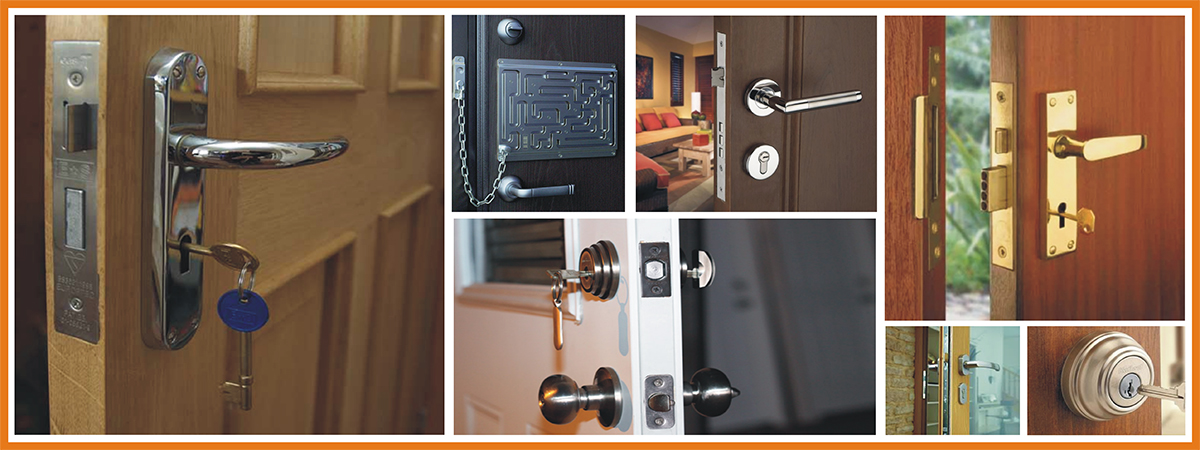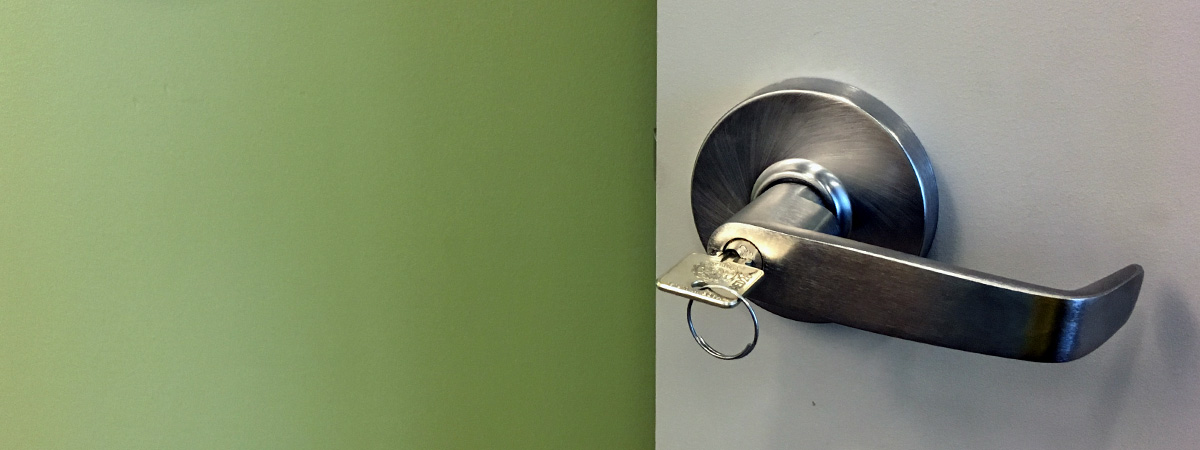How To Pick A Safe Lock
If you’ve ever proven to be a master of unlocking, picking a safe lock is a good way to test your mettle. Being able to pick a lock shows your skill isn’t just limited to picking padlocks or door locks. With a little practice and some patience, you can learn how to pick a safe lock and gain a valuable new skill.
How to Get Started With Safe Lock Picking
Before you start picking the lock of your safe, you’ll need to ensure you have all the necessary tools ready and at hand. You will need a variety of special tools that are designed for lock picking. This includes picks, rakers, and tension tools. All of these tools will be important for cracking the safe lockout.
Secondly, you’ll need to familiarize yourself with the lock of the safe. It is important to remember that all safe locks vary and not all of them can be picked with the same technique. In order to pick the safe, you’ll need to understand the inner working of the lock.
Steps to Pick a Safe Lock
Once you’re ready, these steps will guide you through the process of picking a safe lock:
- Set the pins inside the lock. You can do this by inserting your tension tool into the safe and turning it back and forth. Your goal is to set the pins so that they’re pushed into the correct positions.
- Use the lock pick to try to engage the pins. Insert it into the lock and try to make contact with the pins. Move the pick up and down and feel for any resistance that indicates the pins are slightly out of place.
- Manipulate the pins. Using the movements of your pick, try to move the pins into the exact position you need them.
- Deactivate the lock. When the pins are all in the aligned positions, the lock should disengage and you can open the safe.
Tips for Picking A Safe Lock
Picking a safe lock can be a difficult skill to learn, so here are a few tips to help you out:
- Start off with cheaper locks because they are easier to pick.
- Before you begin, research the particular type of lock you’re trying to pick, so you know what to expect.
- Use plenty of lubrication, such as graphite, to keep the lock’s parts moving freely.
- Practice makes perfect. You won’t be able to master the skill right away, so don’t get discouraged if it takes a few tries.
With a little practice, making sure you have the right tools, and following this guide, you’ll be well on your way to picking a safe lock in no time.




